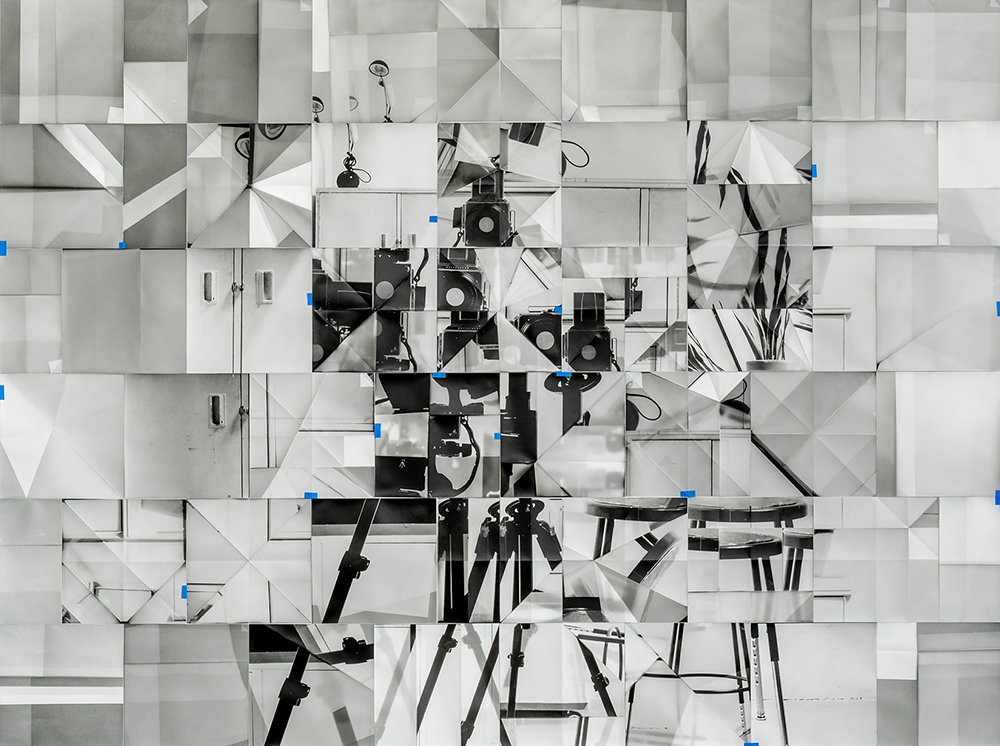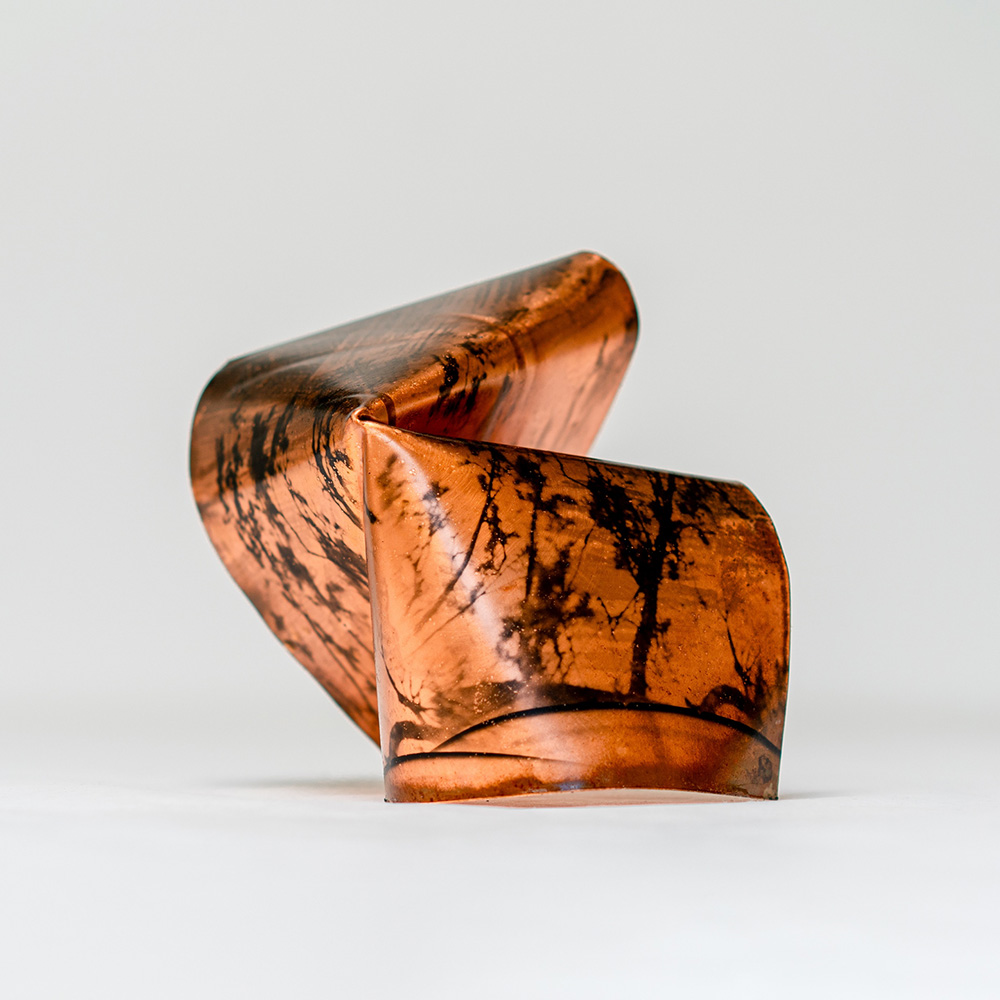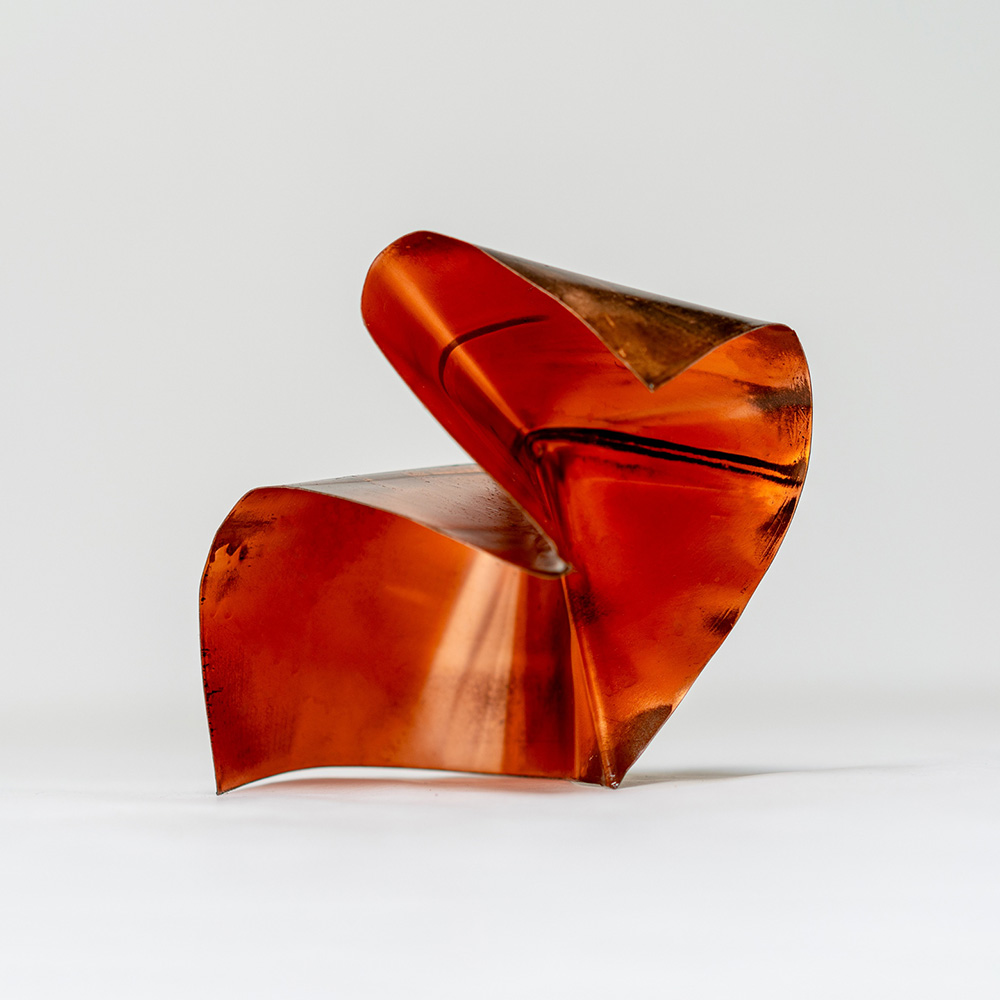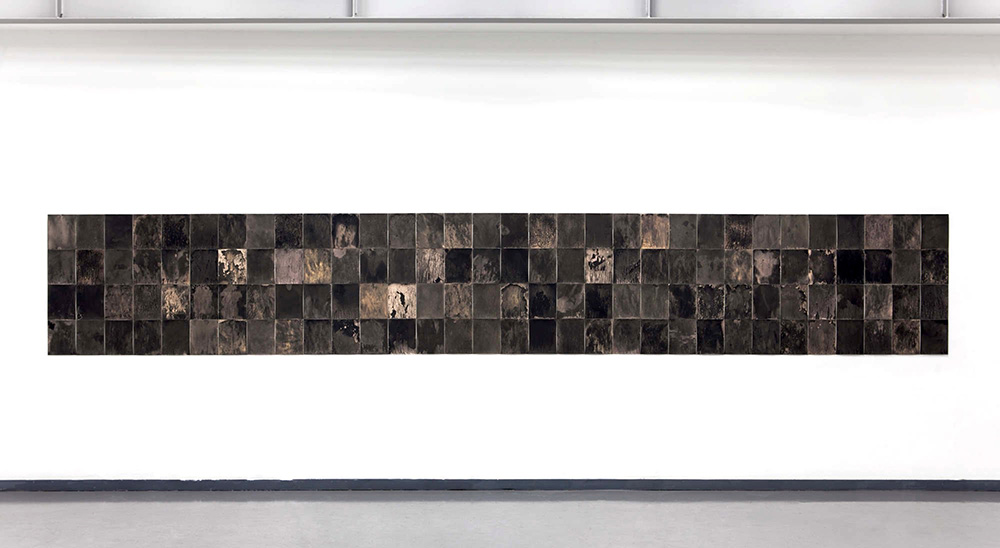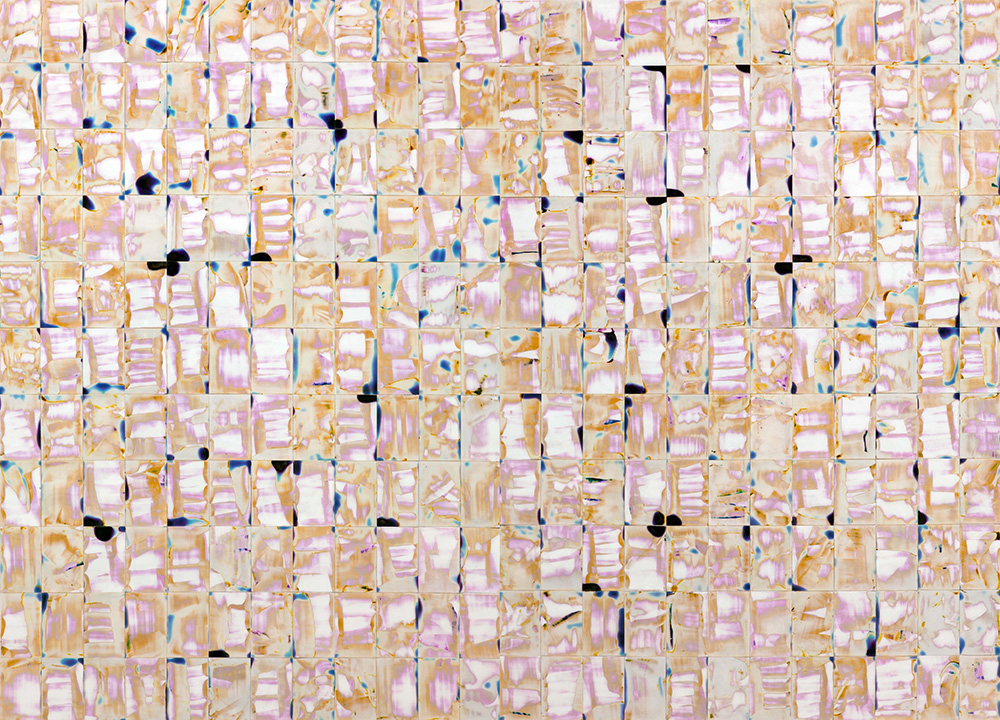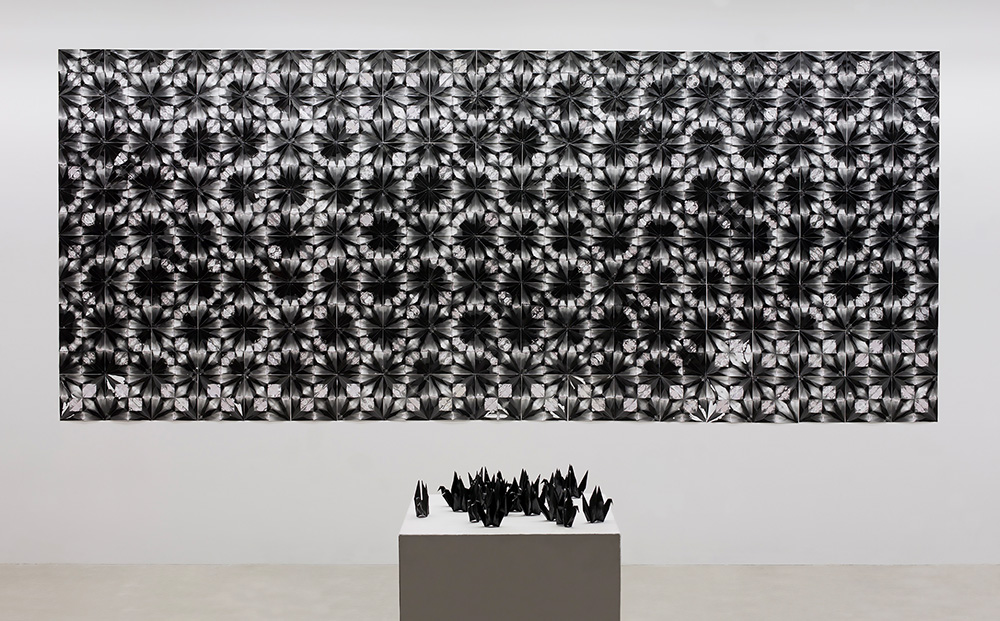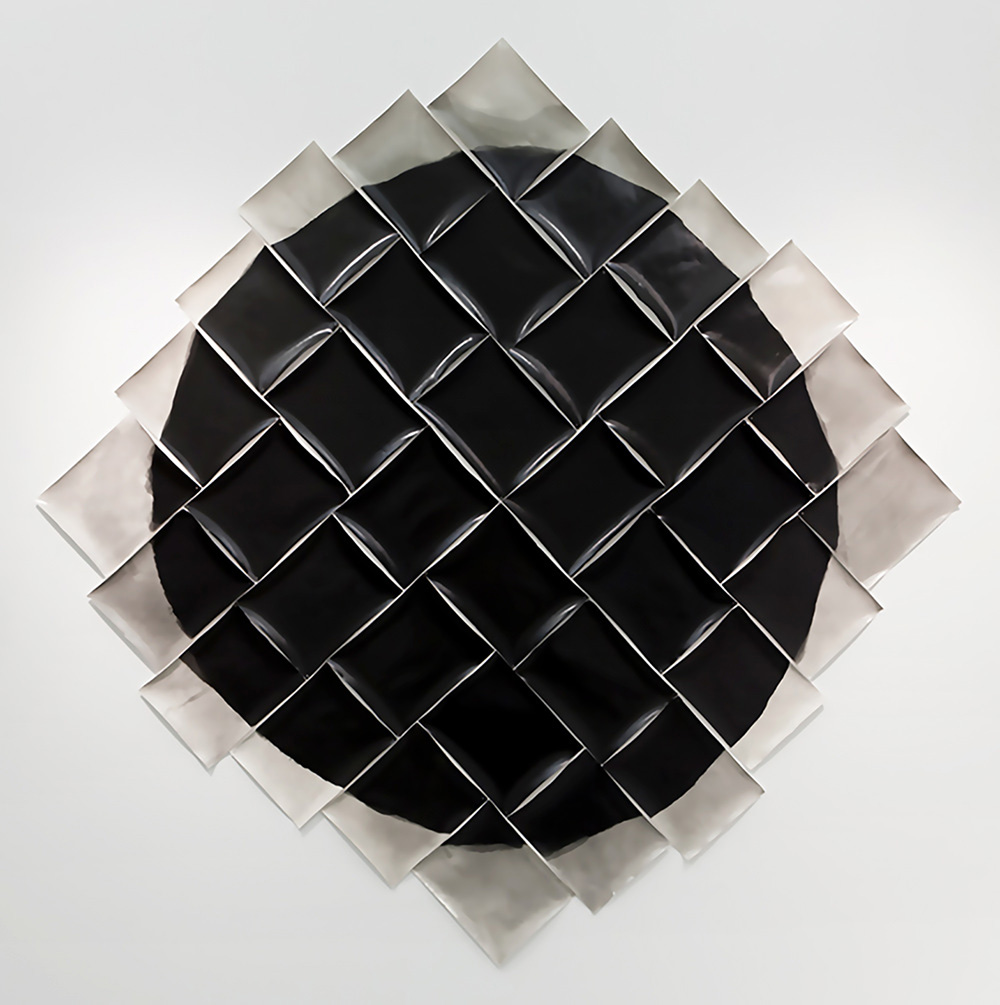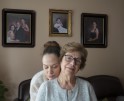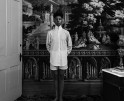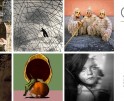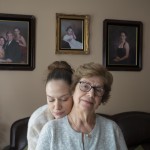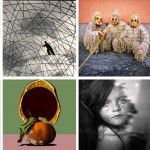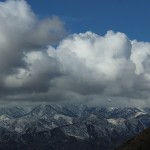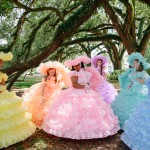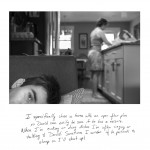The Paula Riff Award: Minwoo Lee
The Center for Photographic Art and Lenscratch are thrilled to present the 2024 Paula Riff Award to Minwoo Lee! This award was created in honor of a beloved artist, Paula Riff, who elevated the photographic medium by her investigations into color and alternative processes. Paula was an innovator, using lensless photography and historical processes to create objects of remarkable beauty.
The annual Award is open to artists whose art is challenging conventional photography through work that reflects the artist’s hand, either based on the historical/alternative photographic processes or with physical intervention through cutting, sewing, etc. We received hundreds of submissions for this year’s competition from photographers across the country and around the world. Juror Diane Chung from Chung 24 Gallery in San Francisco had quite a challenge selecting a single artist. When asked about the jurying process, Chung stated:
Minwoo Lee is an interdisciplinary artist and educator based in Toronto. His practice examines the photographic medium to deconstruct ocularcentrism and interrogate the flux of perception. He has exhibited at the Seoul Museum of Art, De Appel Amsterdam, Incheon Art Platform, Dali Contemporary Art Center, Katzman Contemporary, Banff Centre for Arts and Creativity, and a city-wide installation in Matsudo, Japan. He is also a recipient of the Canada Council for the Arts, Ontario Arts Council, and Toronto Arts Council and currently teaches at the University of Toronto.
Follow on Instagram: @leealsdn
Rooted in the history of photography and the language of the camera, the apparatus has long served as a vehicle for Western ideals and the establishment of ocularcentrism, which contributed to Western expansion and its colonial values. Although the methods have evolved, the fundamental rules and the language inscribed in every image maintain this legacy. My work explores these foundations and investigates the potential to deterritorialize these established forms.
By examining the camera’s interior, the photographic process, projection mechanics, and recording techniques, my practice focuses on the material, apparatus, and language embedded in every image. In my work, I seek alternative methods to bridge the gap between the physical material and the image it creates. By reflecting on the object-ness of the image, the interaction between the space it occupies, and the space it generates, my work weaves between its distinct domains, highlighting the malleability and fragility of an image when its prescribed language is stripped from its surface. My ongoing exploration of photography is examining photographic language through the deconstruction of its apparatus. – Minwoo Lee
Aline Smithson: Have you always worked with analog processes?
Minwoo Lee: Prior to my interest in the arts, I was majoring in Chemistry. During my sophomore year, I had the opportunity to visit a darkroom and was fascinated by the reactive processes. Unlike traditional art mediums, photography wasn’t additive or subtractive (i.e. adding a pigment to the canvas or removing materials to create a sculpture). For me at the time, photography was a metamorphic process that drew my interest in thinking about the potential of its surface.
At the same time, when I started to think more seriously about photography, it was at a time of flux. Digital was well on its way to overtaking its analogue process with the mass commercialization of DSLRs and rumours of Kodak discontinuing the production of its iconic films. What really drew me to continue my analogue processes were my initial interest in its metamorphic procedure and a desire to contribute to sustaining darkroom processes that were slowly fading away.
A.S.: Your artist statement shares that “practice examines the photographic medium to deconstruct ocularcentrism and interrogate the flux of perception.” What draws you to exploring these ideas?
M.L.: When looking at paintings or drawings from Korea, Japan, or China from the 18th century, the focus wasn’t to create a realistic perspectival image. Rather than mimicking what the artist perceived, images were based on what the artist perceived in the moment. That was the heritage and the visual language that reflected their ethos at the time.
But with the advent of photography, where the focus was to capture the real world, the Eurocentric ethos of perception over perceived took its hierarchy. And stemming from its history, the photographic camera served as a vocabulary of Western ideals and the establishment of ocularcentrism that led to the succeeding expansions of its values.
Part of my interest in my practice is to think about these histories, to deterritorialize, decolonize, or deconstruct the historic status quo, and reimagine an alternative photographic language based on something else. And that’s where a lot of folds and focus on photographic material surfaced in my own work. It was a way to rethink its history, and at the same time, find an alternative language outside of perception.
A.S: How much of your work is preconceived? Do you enjoy the idea of chance?
M.L.: A lot of my work comes from preconceived structures that are open to chance. To a certain degree, I believe chance is also a subject of investigation in my work. When you embrace chance, it allows one to think about the relationship between the artist and the image, and at the same time, allows conversation to occur with the medium. Often, through these conversations (chance) with the material, process, and its mechanisms, I look for its own language to surface through the image.
A.S.: I’m curious if “failure” is part of your practice?
M.L.: That is an interesting question.
During my graduate studies, I had an interesting talk with my co-advisor Karen Houle about failure. As a professor in Philosophy, she noted how a work about failure eventually succeeds as an art object when it is exhibited. I’ve had her remark at the back of my mind for a long time and eventually came to terms that failure as a photographic image does not equate to failure as an art object.
To further dive into the idea of failure, the term implies a concluded attempt to accomplish a purpose. While an exhibited artwork is generally considered to be finished, my work revolves around the idea that they are an ongoing conversation. A continued attempt at being, a process that’s unconcluded, or an image that is still developing. Some of my attempts in considering these ideas manifest through changes in its organization throughout the exhibition (particularly folded grids), undefined dimensions suggesting an image beyond its frame, infinite seamless loops of video installations, incomplete folds, to folds that are then unfolded. These attempts and conversations that are continual emphasize the process instead of the subject, and the uncertainty of images.
A.S.: This is such a powerful statement: “My ongoing exploration of photography is examining photographic language through the deconstruction of its apparatus”. Have you ever considered creating your own camera?
M.L.: I’ve been hesitant about making my own camera. The main reason is that it prioritizes the perceptive vision rather than the language of its processes and its materials. However, in my film (time-based) works, I deconstructed an Elmo-16mm film projector to desync with the film loop so that it no longer shows the filmic image properly. The images began to shift, revealing the gap between the frames, emphasizing the relationship between the image and its mechanism and not the subject in the image.
Perhaps in the future, I may consider thinking about making my own camera for photographic works that are not solely based on the image it perceives, but rather on the relationship between the image it perceives with the mechanism in action.
A.S.: What artists have inspired you?
M.L.: During my graduate studies, I was heavily influenced by the Structural Film Movement in the 1960s. It was exciting that these filmmakers were attempting to demystify the filmic illusion and at the same time find the alternative language of the medium that influenced contemporary filmmakers.
I was most interested in Michael Snow and Hollis Frampton’s strategies, and I can see their influence in my current practice. In homage to their legacy, I am currently working on a project called Wavelength Redux with curator Yan Zhou with 10 other artists in Canada in reimagining Michael Snow’s seminal work Wavelength.
A.S.: What’s next?
M.L.: I am currently in a transitional phase. I was recently appointed as a Visiting Assistant Professor in Photography at Trinity University in San Antonio and am planning to relocate to Texas next month. I’ve been interested in expanding my photographic work into a sculptural apparatus and hope to begin a new body of research during my appointment.
I’m also participating in an art project with filmmaker Pierre Tremblay on the rituals of art production and am hoping to have the work created as a full-feature film sometime next year.
A.S.: Congratulations on the award and good luck on your move!
Posts on Lenscratch may not be reproduced without the permission of the Lenscratch staff and the photographer.
Recommended
-
Yorgos Efthymiadis: The James and Audrey Foster Prize 2025 WinnerJanuary 2nd, 2026
-
Arnold Newman Prize: C. Rose Smith: Scenes of Self: Redressing PatriarchyNovember 24th, 2025
-
Celebrating 20 Years of Critical Mass: Cathy Cone (2023) and Takeisha Jefferson (2024)October 1st, 2025
-
Celebrating 20 Years of Critical Mass: George Nobechi (2021) and Ingrid Weyland (2022)September 30th, 2025
-
Celebrating 20 Years of Critical Mass: Amy Friend (2019) and Andrew Feiler (2020)September 29th, 2025

